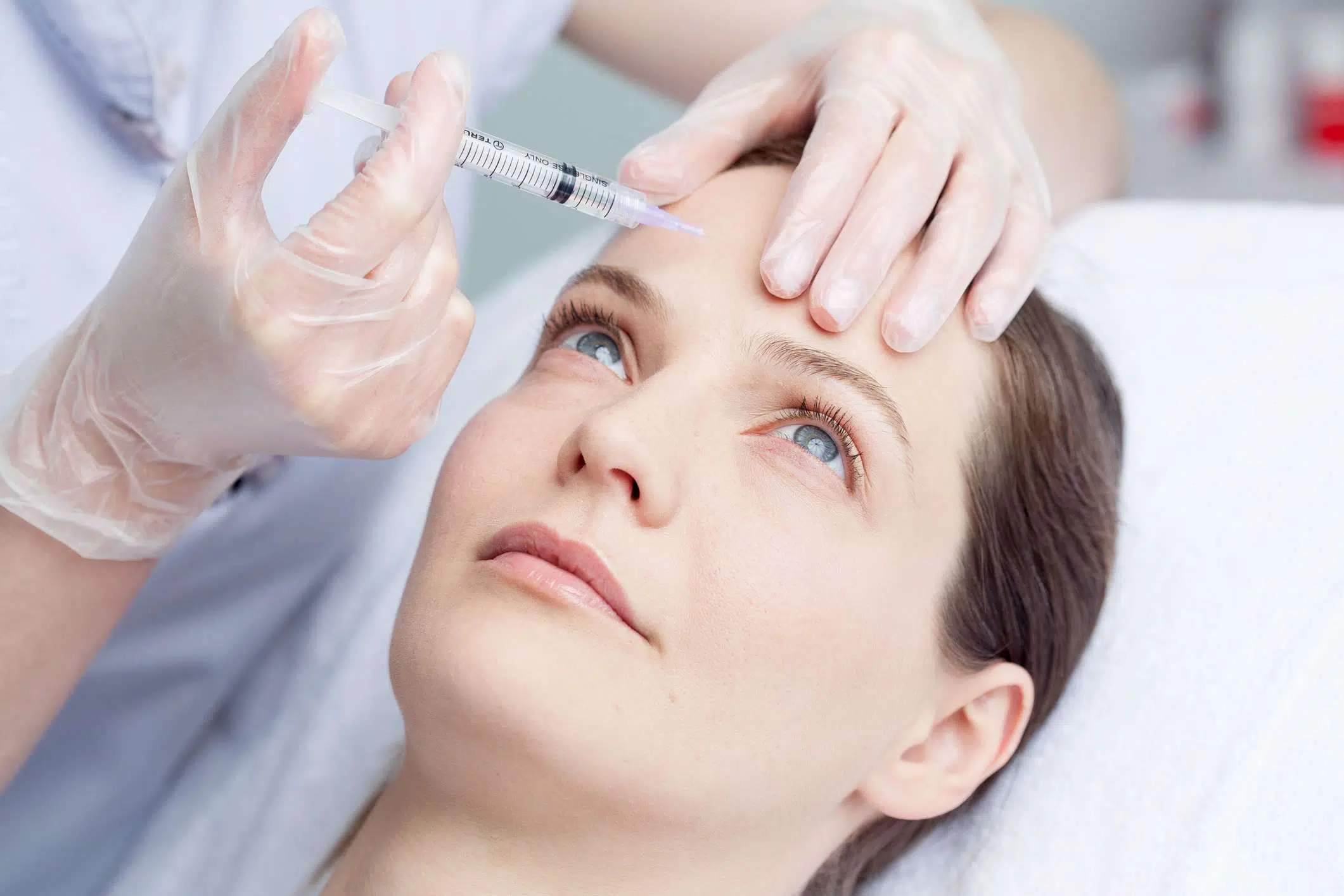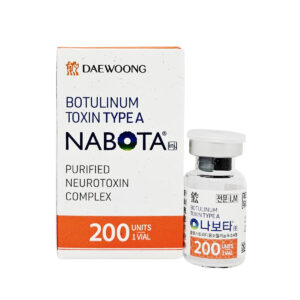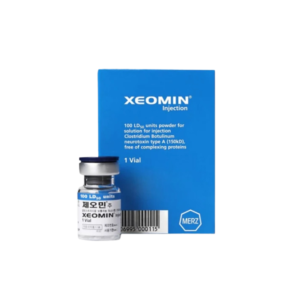No products in the cart.
Need help? Write to us support@fillersfairy.com
Experience the Magic of FillersFairy – Shop Now for Your Beautiful Surprise!
- DERMAL FILLER
- BODY FILLER
- SKIN BOOSTER
- NCTF 135HA
- DIVA EYE PN
- DIVA FACE PN
- AMI NAD+
- NadReju
- Miracle Touch BR
- Miracle Touch Up
- Regenovue Aqua Shine Plus
- Vitaran i
- Vitaran i 2
- Hyalace
- Elaxen PN
- PuriColl
- Rejeunesse Sparkle
- ASCE+ IRLV
- AestheFill
- AETER PURI EYES
- Ami Eyes
- Aqua Exosome
- ASCE Plus SRLV
- Celosome Aqua
- Curenex Glow
- Cytocare
- Exo-one
- High Inj
- Hyaron
- Juvederm Skinvive
- Kiara Reju
- Lapuroon
- Miracle
- Puri Hilo PN
- Puri Pdrn
- Purilips
- Rejuran
- Revitrane HA20
- Richesse Collafio
- Save B32
- Save B32SP
- BOTULINUM TOXIN
- FAT DISSOLVING
- HAIR TREATMENT
- IV THERAPY
- NUMBING CREAM
- PLLA/PCL/CA+
- CONSUMABLES
- THREAD
- AESTHETIC COSMETICS
- PEELING
Сall our consultants or Chat Online
+1(912)5047648
- DERMAL FILLER
- BODY FILLER
- SKIN BOOSTER
- NCTF 135HA
- DIVA EYE PN
- DIVA FACE PN
- AMI NAD+
- NadReju
- Miracle Touch BR
- Miracle Touch Up
- Regenovue Aqua Shine Plus
- Vitaran i
- Vitaran i 2
- Hyalace
- Elaxen PN
- PuriColl
- Rejeunesse Sparkle
- ASCE+ IRLV
- AestheFill
- AETER PURI EYES
- Ami Eyes
- Aqua Exosome
- ASCE Plus SRLV
- Celosome Aqua
- Curenex Glow
- Cytocare
- Exo-one
- High Inj
- Hyaron
- Juvederm Skinvive
- Kiara Reju
- Lapuroon
- Miracle
- Puri Hilo PN
- Puri Pdrn
- Purilips
- Rejuran
- Revitrane HA20
- Richesse Collafio
- Save B32
- Save B32SP
- BOTULINUM TOXIN
- FAT DISSOLVING
- HAIR TREATMENT
- IV THERAPY
- NUMBING CREAM
- PLLA/PCL/CA+
- CONSUMABLES
- THREAD
- AESTHETIC COSMETICS
- PEELING
Pregnant or breastfeeding women should not get Botox, as its effects on fetal development remain unknown. People with neuromuscular disorders like ALS or myasthenia gravis should also avoid Botox due to potential complications.

Table of Contents
TogglePregnant or Breastfeeding Women
More than 10 million people worldwide receive injections of botulinum toxin every year, and as many as 70% of users do so for the purpose of dynamic wrinkle amelioration.
Currently, no large-scale randomized controlled trials study the safety of botulinum toxin in pregnant women. More than 90% of doctors recommend deferring such cosmetic procedures upon encountering such patients.
The most active period of development of the fetal nervous system is between 6 to 12 weeks of pregnancy, where at this stage, synapse formation reaches a rate of 20 million neural connections per second, and any interference of chemicals with neural signal transmission could result in fateful developmental risks.
The large molecular weight of about 150 kDa makes the passage of botulinum toxin through the blood-mammary barrier theoretically difficult. Doctors advise waiting for the end of breastfeeding before performing the injection, even though the risk is less than 1%.
The hormone level sharply increases during pregnancy: the concentration of estrogen and progesterone rises 300-400%. This leads not only to facial puffiness and edema but also significantly raises skin sensitivity to outer stimuli.
Minor trauma also accompanies injections of botulinum toxin. Despite a usually less-than-1 millimeter diameter of the wound, the rate of recovery may be 30% to 50% lower than usual. Mild hematomas following injections may affect as many as 15% of pregnant patients, as compared with a figure of about 3% in the general population.
65% of the people feel an urge to get cosmetic improvements to regain their lost confidence. As non-invasive treatments are less dangerous, the conditions of dry skin and enlarged pores improve considerably as their average improvement rate is over 45%.
In cases where complications occur due to botulinum toxin injections in pregnant or lactating women, the treatment period is extended 2 to 3 times.
Allergic Physique
More than 1.5 million patients worldwide require emergency treatment yearly due to hypersensitivity to specific medicines or cosmetic products, representing 1.5 to 3% of the population. The incidence of this is fairly low, but allergic reaction to injections of botulinum toxin has been reported at an approximate incidence rate of 0.8% per 100,000 individuals.
The active ingredient is a complex of Clostridium botulinum type A toxin of about 150 kDa molecular weight. Patients with any form of allergy have a twofold risk of developing post-injection redness and itching compared with the general population and may also complain of localized numbness and mild inflammation.
One study investigated the side effects of 12,000 users of botulinum toxin. The researchers concluded that 0.5% of the patients developed more serious allergic reactions such as rashes, facial flushing, and even laryngeal edema following injections. More than 80% of these patients had a previous history of allergies.
The usual injection dose varies from 20 to 100 units in general; even a small amount of 10 units in hypersensitive subjects will cause the hypersensitivity reaction. For instance, periocular swelling with subcutaneous bleeding was noticed after facial injection in a London woman of age 35 years; it took two weeks to recover with the injection dose of 30 units only.
The Canadian Allergy Association even reported that of the allergic patients who underwent injections of botulinum toxin during pollen season, 15% of them had increased swelling at the injected site, which lengthened the recovery period of the patients.
In a news report in 2022, a 40-year-old man was rushed to the hospital because of a severe allergic reaction after an injection of botulinum toxin administered on his neck, aimed to relieve dystonia.
Before injecting, a skin sensitivity test must be done in which a small dose is provided locally to allow observation of the reaction within 48 hours. The accuracy of the methodology provides 95% of the testing and thus is a good screening method in finding potential allergic risks.
The cost at follow up for a mild allergic reaction is 200 to 500 USD, while the cost of a severe reaction requiring antihistamines, anti-allergy injections, and even hospitalization can reach 2,000 to 3,000 USD.
Facial Infections or Skin Damage
More than 18 million people visit health care facilities each year globally as a result of facial skin infections; of these, 12% had previously undergone some form of cosmetic procedure. Of these cases, more than 20% of the complications are related to cosmetic injections that were done on unhealed skin.
Botulinum toxin injection is an invasive operation. In most situations, the diameter of the needle is only 0.3 millimeters, but the injection to infected or damaged skin may result in serious infection. “In a self-reporting survey of 2,500 injectors, 3.5% of the respondents developed infections in the site of injection due to incomplete healing of facial wounds, and the recovery time was extended to 21 days on average, which is 2 to 3 times longer than usual.”
In general, a unit of botulinum toxin can cover up to 1.5 centimeters of a muscular area; when there is trauma, such as wounds and scabs around the place, the influence will deviate the effect of inhibiting muscle performance and causes the asymmetry or tightness around this place, needing another puncturing or dissolution session. Re-correction procedures should be made later in case anything should happen, with possible subsequent costs averaging around US$500-US$1,000.
One of the women received the botulinum toxin treatment during an acute outbreak of acne. The infection then appeared in the jaw bone area. Its subsequent treatment took 6 months and cost more than 8,000 euros. White blood cell density in the damaged areas comes to be 3-4 times higher than that in the area which is quite normal. The possibility of a skin healing delay due to cosmetic injections on infected or damaged skin is as high as 28%.
It can reduce the postoperative complication rate by more than 55% through monitoring of the wound diameter, the area of infection, and the speed of healing.
Moreover, even for effective disinfectants, such as 2% chlorhexidine solution, the size of the wound limits the coverage effect of disinfection. In cases of visibly damaged skin, the average sterilizing efficiency of disinfectants falls by about 20% to 30%.
The action time of botulinum toxin injections is generally considered to be 24 to 72 hours. In cases where the area of injection has been infected, this can drop to 5 or 7 days.
According to professionals in the industry, cosmetic injections should be at least 2-4 weeks later when the skin has recovered. LED red light therapy and medical repair dressings are able to enhance recovery efficiency by 30%.
Severe Chronic Diseases
In the last decade, chronic disease patients have increased by 35%, and there are over 400 million people worldwide suffering from this problem. Of this population, 12% have tried medical aesthetic procedures.
In one study conducted on 1,200 patients suffering from neurological diseases, it was observed that 8% of the patients developed severe muscle fatigue and diplopia following injections of botulinum toxin, while only 1% of non-injectors developed such symptoms.
The blood glucose level for diabetic patients is usually between 80-250 mg/dL compared to the normal range of 70-120 mg/dL. Such a high blood glucose environment can reduce the healing speed of injection sites by 30% to 40%. In a series of 5,000 diabetic patients, 13% developed local infections after cosmetic procedures, whereas the incidence in the general population was less than 2%.
An experiment involving 500 hypertensive patients showed that 5% of them experienced a blood pressure spike to over 180/120 mmHg during injections. Even under standardized procedures, these patients faced a 3 times higher risk of sudden adverse events compared to the general population.
In patients with SLE and rheumatoid arthritis, the levels of inflammatory factors are 30-50% higher compared to normal persons. Thus, they are highly likely to develop systemic inflammatory reactions after injections. In the 2021 survey involving 1,500 medical aesthetic users, 10% of lupus patients developed rashes and fevers, and other symptoms after injections; the recovery period was often more than 4 weeks on average.
In case of complications, the cost of follow-up treatment can be anywhere between 3,000 to 10,000 USD.
Over 40% of patients with chronic diseases experience anxiety that is either mild or moderate. About 15% undergo cosmetic treatments on account of anxiety related to appearance.
Pre-injection, detailed risk assessments and medical history reviews must be performed. The average cost of such preoperative testing is 300 to 500 USD.
Weakened Immune System
Currently, approximately 350 million people in the world are suffering from weak immunity.
As per a research study published in the Journal of Medical Immunology, in 12,000 patients, 6.8% of the patients who had compromised immunity showed injection site infections or subcutaneous inflammation after injections of botulinum toxin, while only 1.2% of them occurred in healthy ones.
People with weakened immune systems generally have white blood cell counts below 4,000 per microliter. Even a minor puncture wound of 0.2 millimeters caused by injection can therefore lead to localized or systemic infections. In a 2021 clinical trial involving 500 immunosuppressed patients, 10% reported persistent redness and localized fever within a week of injection.
The post-injection systemic inflammatory reaction can occur in 5% to 8% of patients with systemic diseases, while it is less than 0.5% in healthy individuals. These reactions reduce their daily life and work efficiency by 20% to 30%.
Though the recovery period after injections of botulinum toxin is usually 2-3 days, it may take 7-10 days or more for immunocompromised patients, which means that the recovery period is longer by 2-3 times. Their skin cell repair rate is 40% slower compared to healthy people. To avoid infections, some patients need additional antibiotic treatments, which cost 200-500 USD per session.
During the COVID-19 pandemic, the appointment rate for cosmetic procedures among immunocompromised patients decreased by 47%.
Non-invasive skin tightening techniques and LED light therapy devices can offer similar muscle relaxation and anti-aging effects. The adverse reaction rate for immunodeficient patients undergoing non-invasive procedures is less than 1%.
Immune function tests usually cost 150 to 300 USD, but they significantly reduce potential risks during follow-up treatments.
People Taking Specific Medications
Adverse drug interactions are an annual concern, with approximately 500,000 occurring each year; of those, 2.8% pertain to the different injectable cosmetic procedures.
In fact, the American Medical Association reports that in a study of 8,000 users of botulinum toxin, 17% of those who used NSAIDs, or non-steroidal anti-inflammatory drugs, developed subcutaneous bleeding and bruising at the site of injection, while only 4% of non-users did. These patients usually develop 0.5 to 2 centimeters of bruising at the site of injection, which takes 7 to 10 days to recover from, twice the usual healing time.
Data from the European Journal of Neuroscience shows that among 1,200 patients on long-term anti-cholinesterase drugs, 12% reported localized muscle discomfort after injections of botulinum toxin, symptoms lasting for more than 48 hours.
Among 3,000 patients in one series treated with botulinum toxin, 2% developed muscle weakness and eyelid drooping, owing to the concurrent use of gentamicin; recovery took up to 3 weeks in some.
According to data from the 2022 Annual Cardiovascular Medicine Conference, about 10% of hypertensive patients reported mild symptoms of vertigo and palpitations after botulinum toxin injections.
A study by Harvard Medical School, involving 1,500 users of antidepressants, found that 7% of patients suffered large mood swings within two weeks after injecting botulinum toxin, which manifested in feelings of fatigue, weakness, and social apprehension.
These also include treatment costs for these adverse reactions. The sessions range from 200 to 1,000 USD each, with severe cases having over 3,000 USD.
According to the Global Medical Aesthetic Market Trends Report, the appointment rate for cosmetic treatments in this group fell almost 35% from 2020 to 2022.
Patients with Myasthenic Syndrome
The global prevalence of myasthenic syndromes is about 25 per 100,000. In middle-aged and elderly patients, as well as in cancer patients, the incidence is three times higher compared to the general population.
In an article from the American Journal of Neurology, it was reported that a clinical study had shown 15% of patients suffering from muscle weakness disorders developed remarkable muscle atrophy and weakness following injections of botulinum toxin, as opposed to only 0.3% of healthy individuals showing adverse reactions.
The effective time of botulinum toxin is usually 48 to 72 hours; however, in patients with myasthenic syndromes, this process may extend to 5-7 days, and the recovery period will last for 2-3 weeks. The incidence of such complications is 8-10% in patients with myasthenia gravis.
The side effects associated with the treatment result in 12% of the patients treated with a 60 mg dosage developing unstable drug effects and decreased muscle response after the injection of the botulinum toxin medication. Some patients have to stop using botulinum toxin injections and receive rehabilitative measures that may extend for 3 months at additional costs of between 2,000 and 5,000 USD.
In one news report in 2021, a patient with Lambert-Eaton myasthenic syndrome developed severe adverse reactions, including ptosis and blurred vision within 24 hours following the injection of a forehead wrinkle removal.
It may have severe consequences for one wrong injection in patients with myasthenic syndromes, and the price for each treatment cycle costs from 3,000 up to 7,000 USD. Besides, this treatment may expose a patient to the high infection risk during the next 6-12 months.
The level of neuromuscular fatigue in patients with myasthenic syndromes is usually higher by 30% to 50% compared with healthy individuals. Injections led to the exacerbation of weakness in the upper and lower limbs in 22% of patients, while complete recovery took up to 28 days on average.
It is better to do the NCV and EMG investigations before the surgery. These investigations are between 400 to 800 USD, but they will help in reducing the possibility of complications by a huge margin.
The percentage of symptom exacerbation in myasthenic patients increases by 40% when the environmental temperature rises above 30°C.
Recommended Products
Xeomin 100U Purified Neurotoxin Vial | Single-Use Sterile Injectable
$150.50
Add to cart
Rated 5.00 out of 5














